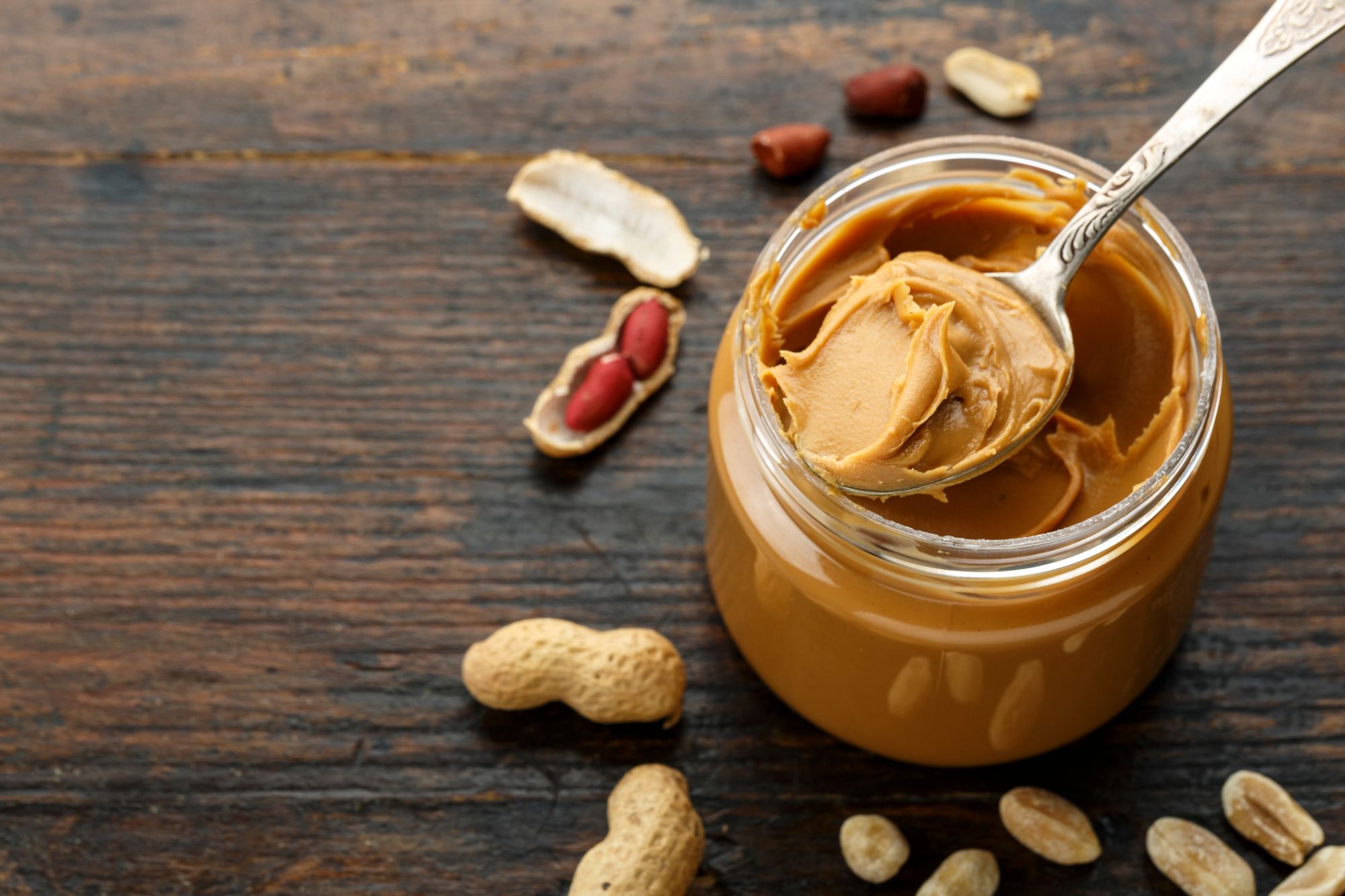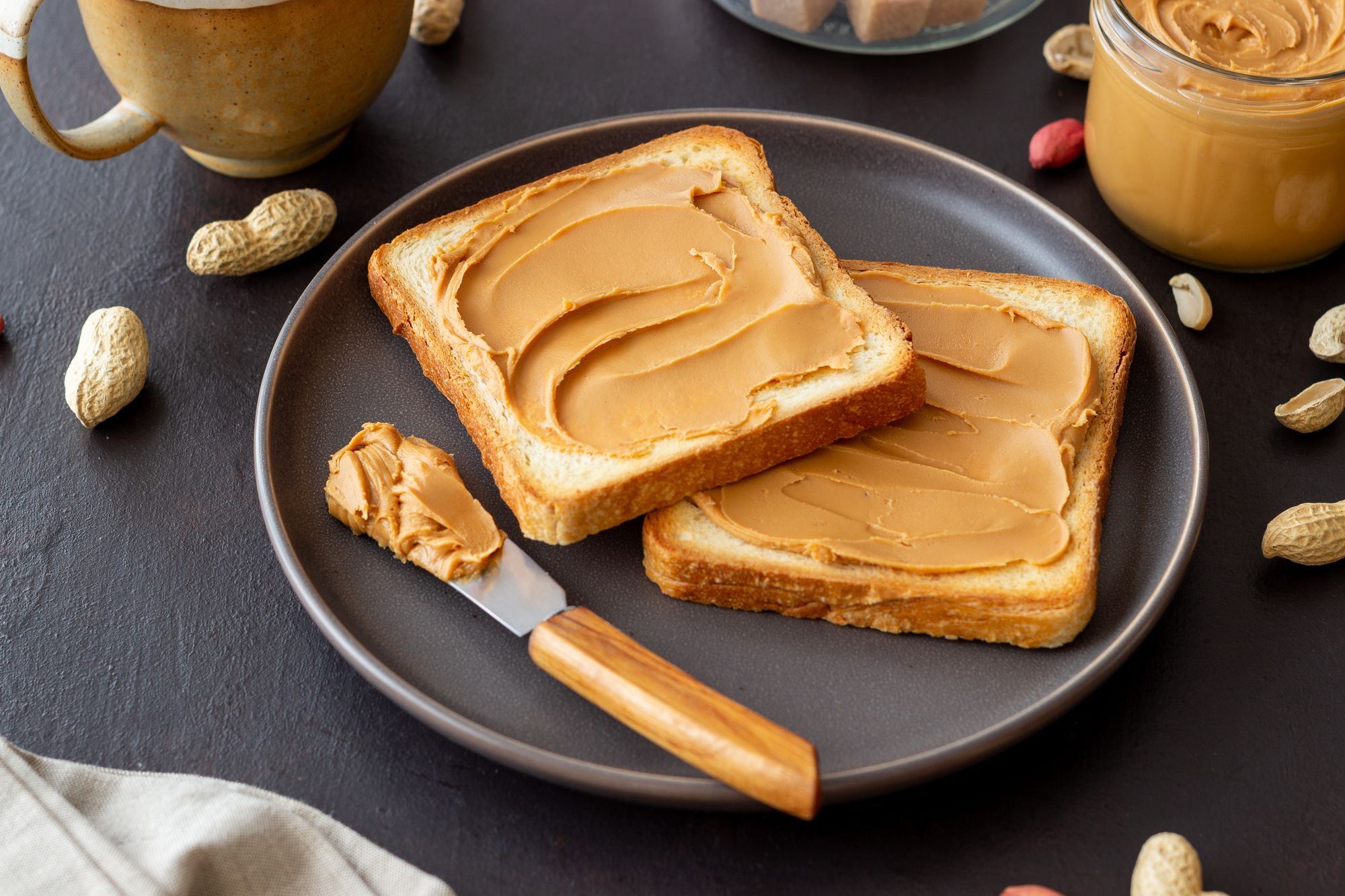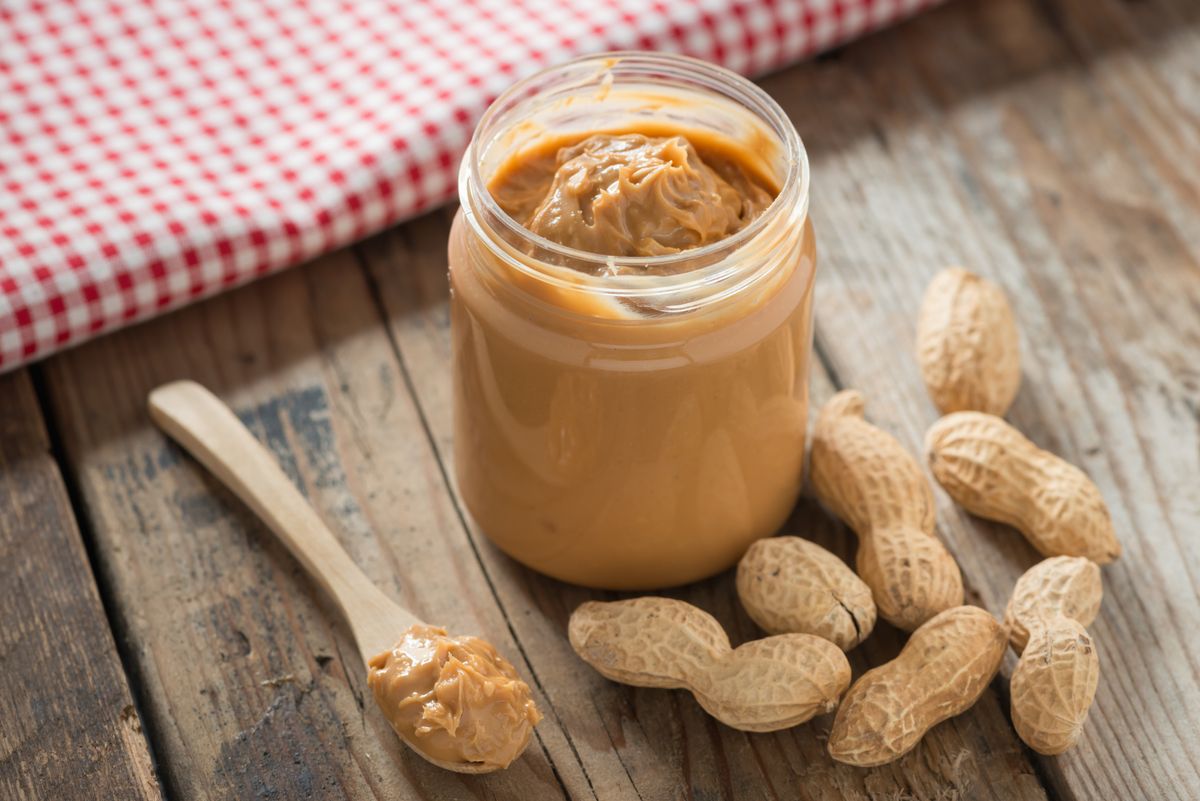Peanut butter, a beloved and nutritious food enjoyed by people of all ages, offers versatility and a delectable taste. Whether paired with apple slices, celery sticks, or sandwiched between bread for a classic PB&J, this spread has become a kitchen staple. It even adds a delightful touch to baking, like our simple recipe for three-ingredient peanut butter cookies. While peanut butter has a reputation for being a long-lasting pantry or fridge item, it's important to consider its perishability. Does peanut butter go bad?
To shed light on this question, we sought the expertise of professionals in the field: Dr. Bryan Quoc Le, Ph.D., a food scientist and author of "150 Food Science Questions Answered"; Melissa Wasserman Baker, RDN, the founder of FoodQueries; and Mary Wirtz, MS, RDN, a registered dietitian and consultant for MomLovesBest. Join us as we delve into the intriguing realm of peanut butter's perishability and its potential impact on your well-being.
Understanding Peanut Butter's Perishability

Yes, peanut butter can indeed go bad, although its extended shelf life should not be underestimated. According to Wirtz, the spoilage process is generally slow due to its low moisture content and high oil content. The main culprit behind peanut butter spoilage is oxidation. When the oils in peanut butter are exposed to oxygen, they can turn rancid, resulting in unpleasant flavors and odors. While the introduction of water or contaminants could potentially lead to mold growth, this occurrence is less likely due to peanut butter's high oil and low water content.
The specific shelf life of your peanut butter will depend on factors such as the type of peanuts used and the processing methods employed. Dr. Quoc Le explains that the variety of peanuts utilized can influence shelf life, with those containing more oils or higher concentrations of unsaturated oils being more susceptible to oxidation. Additionally, the presence of specific amino acids in the peanut proteins and the roasting process can impact the flavor, texture, and taste of the resulting peanut butter. These flavor profiles may evolve during storage, with some varieties being more prone to producing off-flavors and experiencing rancidity in the presence of air and moisture compared to others.
Understanding the Shelf Life of Peanut Butter
Despite being a shelf-stable food item, peanut butter is still subject to spoilage over time, particularly if not stored correctly. Various factors, including storage conditions and the roasting date, can affect the longevity of peanut butter.
As per the National Peanut Board's guidelines:
- An unopened jar of peanut butter can last approximately 6-9 months when stored in a pantry, without the need for refrigeration.
- An opened jar of peanut butter, kept in the pantry, typically remains viable for about 2-3 months.
- An opened jar of peanut butter, when refrigerated, can last around 6-9 months.
Baker suggests that the ideal storage temperature for peanut butter is a cool, dry place, usually at room temperature (around 68-72°F or 20-22°C). However, once the jar is opened, transferring it to the refrigerator (approximately 34-38°F or 1-3°C) can help extend its shelf life.
Effective Strategies to Prolong the Freshness of Your Peanut Butter

To maximize the shelf life of your peanut butter and maintain its freshness, Baker provides three simple yet effective tips:
- Refrigerate your peanut butter: While unopened jars can be stored at room temperature, once opened, refrigerating your peanut butter can significantly extend its shelf life and slow down the oxidation process, according to Baker.
- Ensure a tight seal: Always make sure the jar is tightly sealed when not in use. This step minimizes exposure to oxygen, helping to preserve the quality of your peanut butter over time.
- Prevent contamination: To avoid introducing any contaminants, such as bacteria or dirt, use clean utensils—like a knife or spoon—when scooping out peanut butter.
For those who consume peanut butter infrequently but still want to keep it on hand, Wirtz suggests powdered peanut butter as an alternative. Powdered peanut butter has a longer shelf life, typically lasting for up to a year, making it a convenient option for occasional peanut butter enthusiasts.
Recognizing Signs of Spoiled Peanut Butter
Determining whether your jar of peanut butter has gone bad is possible by paying attention to a few distinct indicators, all of which can be discerned using your senses.
Dr. Quoc Le explains that oxygen in the air can react with the fats in peanut butter, resulting in the formation of aldehydes, which contribute to metallic off-flavors and off-odors. The presence of moisture, whether from the air, within the peanut butter itself, or from cross-contamination with other spreads like jam, can accelerate fat hydrolysis, leading to the production of fatty acids. These compounds can also introduce unfavorable flavors and mouthfeel.
Dr. Quoc Le further highlights that higher temperatures and the presence of surface contaminants, such as microorganisms, can expedite these processes. Insufficient roasting during the heat treatment of peanuts may allow native enzymes like lipoxygenase to remain active, further accelerating fat oxidation.
Baker adds valuable insights, stating that spoiled peanut butter exhibits noticeable changes in smell, taste, and color. It may emit a rancid or sour odor, and the taste might be off. Any signs of mold growth or an excessively hard and dry texture should prompt the disposal of the peanut butter.
Ultimately, Baker emphasizes the importance of relying on your senses when it comes to food safety. Trusting your senses is a key aspect of ensuring the quality and edibility of your peanut butter.

